Organizations coordinate with Nga Son district to release shrimp seeds in coastal areas.
According to statistics from the agriculture and environment sector, many aquatic species are currently declining by 80-90%, even on the verge of extinction, such as: yellow catfish, catfish, snails, frogs, crayfish... Many fish species listed in the Vietnam Red Book such as sardine and spotted sardine... living in the Lach Hoi estuary area, where Hoang Hoa district and Sam Son city meet, are gradually becoming rare. The current depletion of aquatic resources is due to overexploitation and the use of destructive fishing methods. The situation of fishermen violating the law in the field of protection and development of aquatic resources in seas and inland waters is still happening, especially the use of electric pulses to exploit aquatic resources, exploiting in the wrong areas, wrong jobs...
Faced with the above situation, to join hands in protecting NLTS, all levels, sectors and localities have been actively propagating and disseminating regulations on exploitation and protection of NLTS such as: broadcasting news bulletins and propaganda articles on the loudspeaker systems of districts, communes, wards and towns; hanging banners and slogans at river mouths, inlets and crowded places; distributing leaflets on the regeneration and protection of NLTS and regulations on combating IUU fishing.
In order to enhance the responsibility of the community in protecting aquatic resources, coastal localities have established and put into operation 15 coastal fisheries co-management groups with 2,810 members participating. The co-management groups have proactively developed and implemented plans to manage the exploitation and protection of aquatic resources in assigned coastal areas. Thereby, the fishing community is able to participate in coastal fisheries management, monitor fishing activities and detect violations that negatively affect the environment. At the same time, notify functional forces and local authorities to take timely measures to prevent and handle violations, contributing to the protection of resources and habitats of aquatic species in coastal areas, creating a widespread participation of people in protecting aquatic resources in coastal areas. Every year, relevant sectors of the province have coordinated with organizations and localities in the province to release additional fish and shrimp larvae into river basins, lakes, and coastal areas to gradually restore natural fisheries that are gradually depleting.
In 2024, the Department of Sea, Islands and Fisheries coordinated with localities to release 6,000 kg of freshwater fish fry (grass carp, bighead carp, bighead carp, common carp), 5,000 catfish and catfish fry, 30 kg of black tiger shrimp fry, 4,000 green crab fry into large reservoirs, the Ma River basin and coastal areas to restore and develop NLTS. Thereby, it has contributed to raising awareness among fishermen and communities in protecting NLTS and creating livelihoods, increasing income for people working in fisheries, towards the goal of sustainable development of NLTS. Currently, the Department of Sea, Islands and Fisheries is coordinating with consulting units to conduct surveys and assess the resources and habitat of aquatic species in coastal and offshore areas. Along with that, investigate the exploitation activities and exploitation output of different types of occupations, the current biological status of fisheries, monitor exploitation activities and assess the level of encroachment in coastal and offshore waters of the province.
Head of the Thanh Hoa Department of Sea, Islands and Fisheries Le Xuan Dong said: "In order to strengthen the protection and development of fisheries in the province, every year from April 1 to August 30, the department coordinates with the People's Committees of coastal districts and cities to regularly patrol and control natural spawning grounds and areas where juvenile aquatic species are concentrated in coastal areas. Along with that, the department coordinates with functional forces to patrol, control and strictly handle violations of the law in the field of fisheries protection. Thereby, preventing and eventually ending the use of prohibited fishing gear, prohibited occupations, fishing in prohibited areas and illegal exploitation of species in the list of endangered, precious and rare aquatic species.
Implementing the 2021-2030 NNTS protection and exploitation planning plan, with a vision to 2050, the Department is actively advising the Department of Agriculture and Environment to coordinate with relevant agencies to demarcate and manage 7 inland NNTS protection areas such as: Lo River area at the Lo River junction, Hoi Xuan town (Quan Hoa); Hon Tra stream area, Thiet Ke commune (Ba Thuoc); Lach Truong estuary area, Hoang Yen commune (Hoang Hoa); Hoi estuary area, Hoang Chau commune (Hoang Hoa); Song mound area on Ma River, Cam Binh commune (Cam Thuy); downstream area of Ma River, Cam Giang commune (Cam Thuy); Lach Sung estuary area, Da Loc commune (Hau Loc).
Efforts in protecting fisheries at all levels and sectors have contributed to developing and restoring fisheries to protect the environment and ecosystem, develop a sustainable marine economy and preserve the long-term livelihoods of fishing communities.
Article and photos: Le Hoi
Source: https://baothanhhoa.vn/tich-cuc-bao-ve-va-phat-trien-nguon-loi-thuy-san-244095.htm


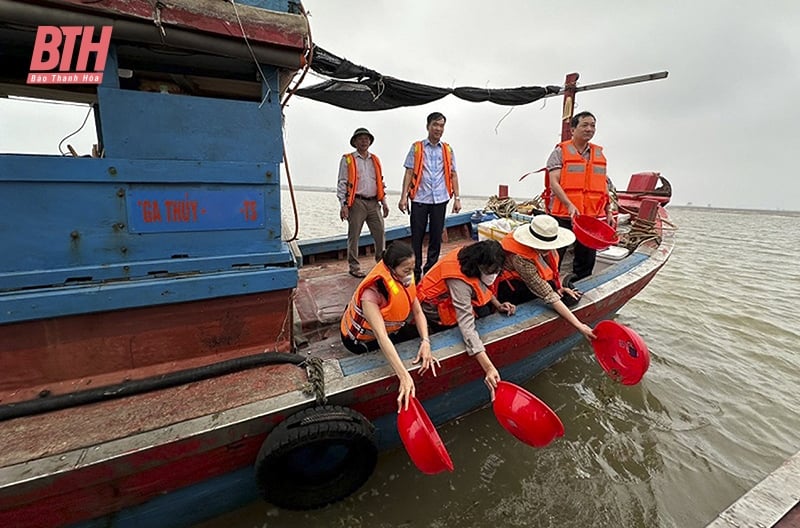
![[Photo] A brief moment of rest for the rescue force of the Vietnam People's Army](https://vstatic.vietnam.vn/vietnam/resource/IMAGE/2025/4/3/a2c91fa05dc04293a4b64cfd27ed4dbe)
![[Photo] Ho Chi Minh City speeds up sidewalk repair work before April 30 holiday](https://vstatic.vietnam.vn/vietnam/resource/IMAGE/2025/4/3/17f78833a36f4ba5a9bae215703da710)
![[Photo] General Secretary To Lam receives Japanese Ambassador to Vietnam Ito Naoki](https://vstatic.vietnam.vn/vietnam/resource/IMAGE/2025/4/3/3a5d233bc09d4928ac9bfed97674be98)

![[Photo] Prime Minister Pham Minh Chinh chairs meeting after US announces reciprocal tariffs](https://vstatic.vietnam.vn/vietnam/resource/IMAGE/2025/4/3/ee90a2786c0a45d7868de039cef4a712)
![[Photo] Prime Minister Pham Minh Chinh chairs the first meeting of the Steering Committee on Regional and International Financial Centers](https://vstatic.vietnam.vn/vietnam/resource/IMAGE/2025/4/3/47dc687989d4479d95a1dce4466edd32)



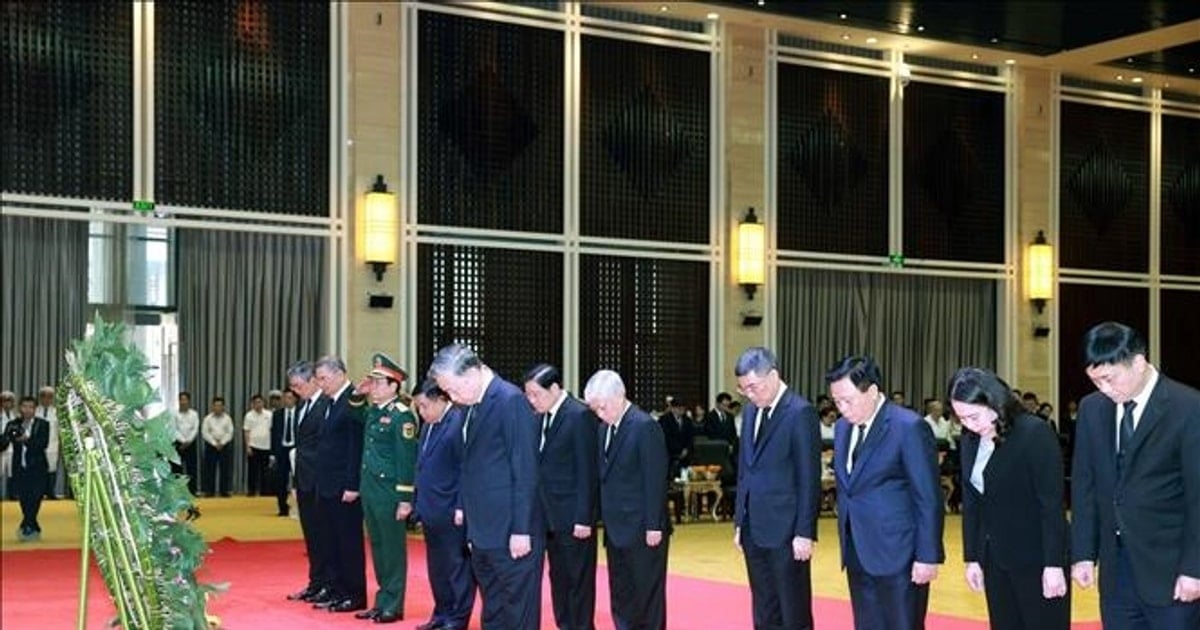






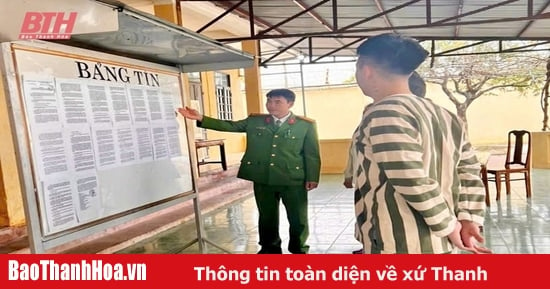


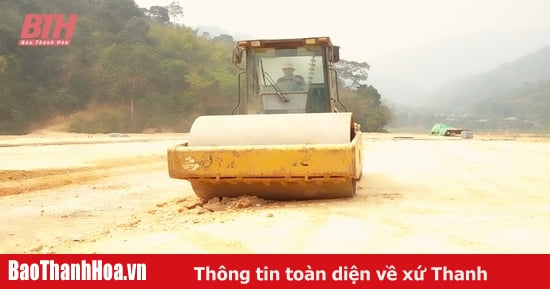





































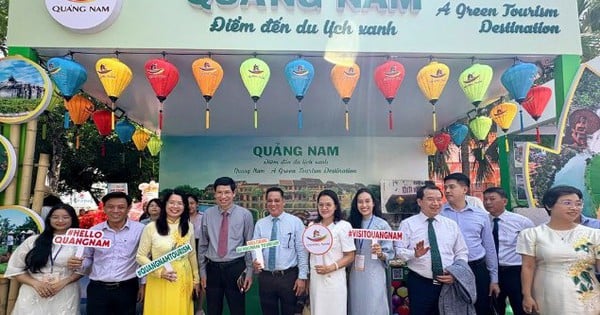




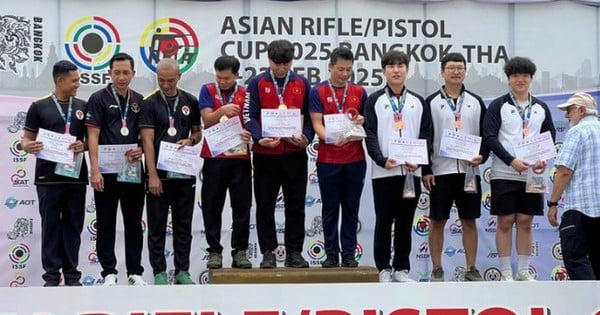


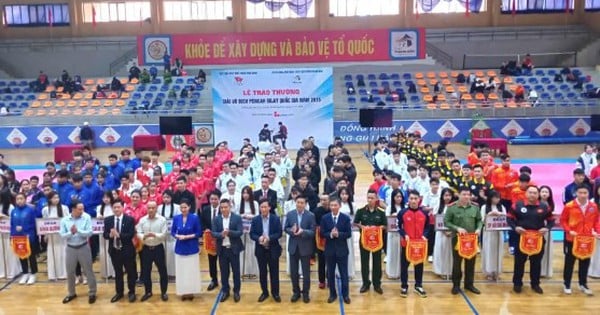


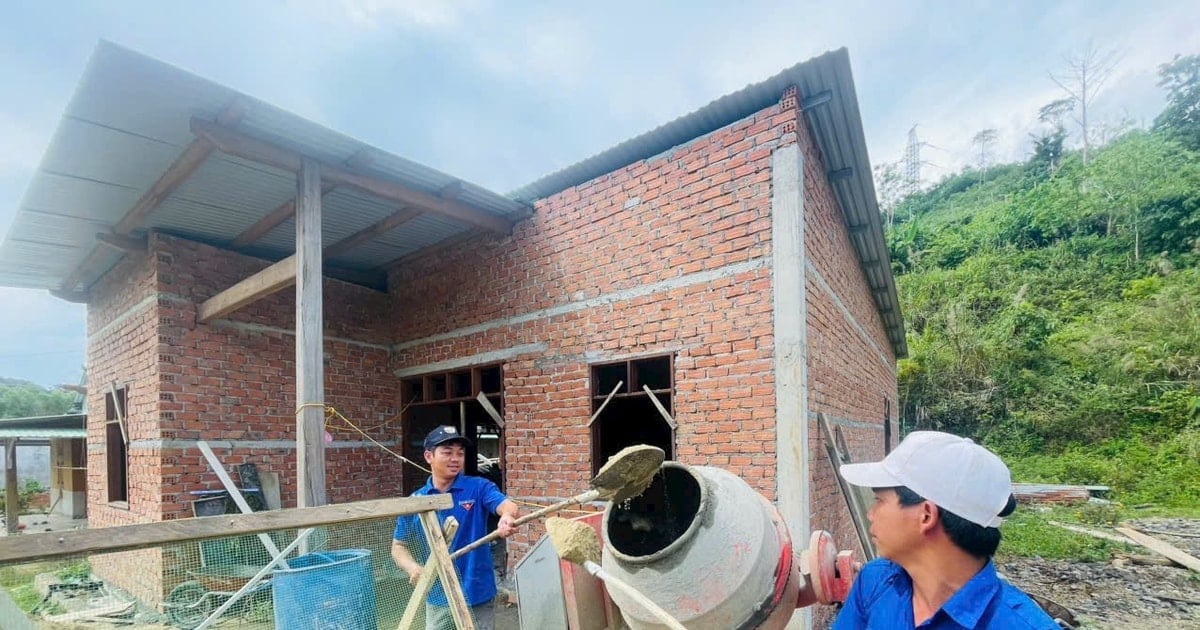
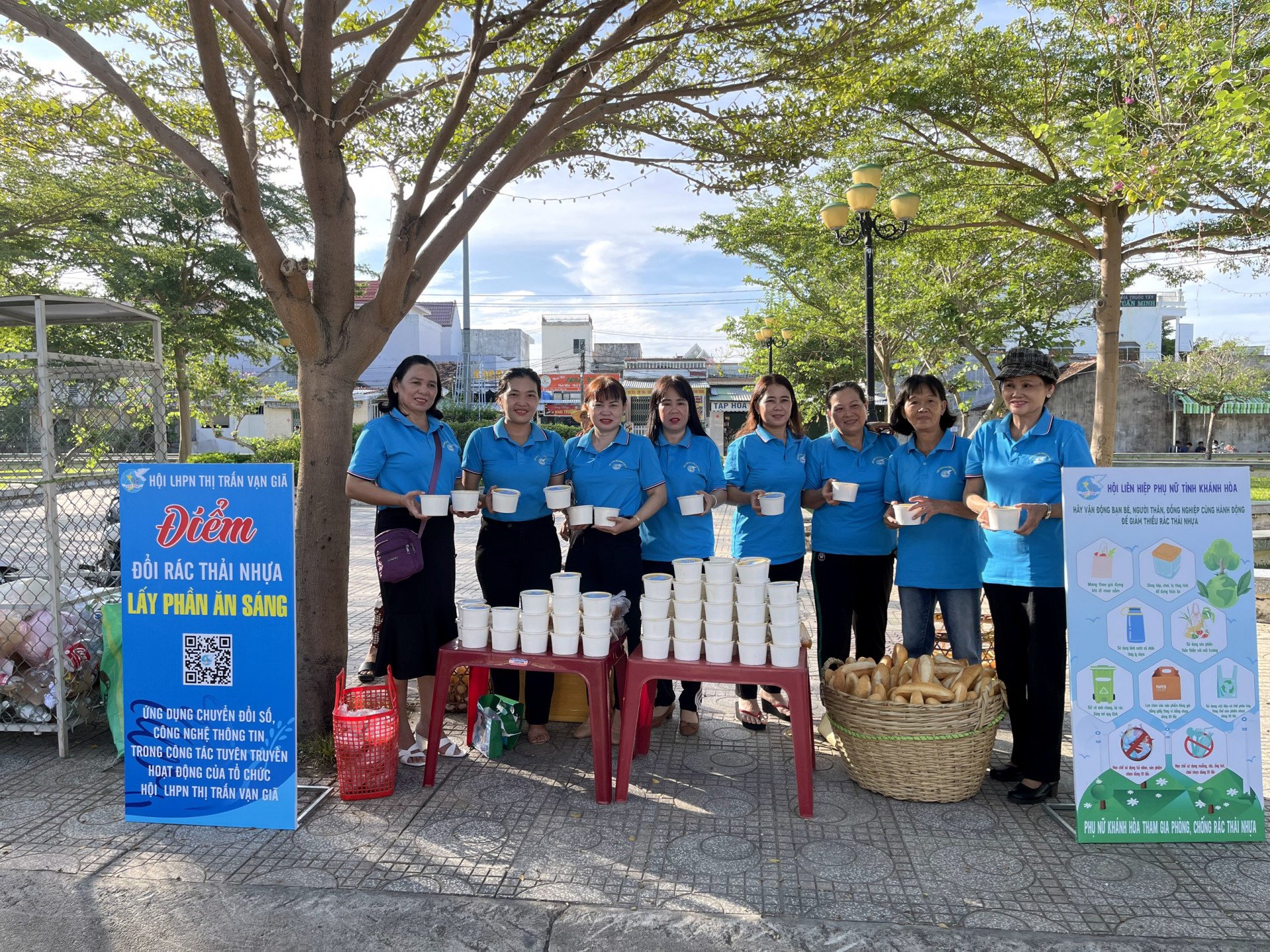
















Comment (0)